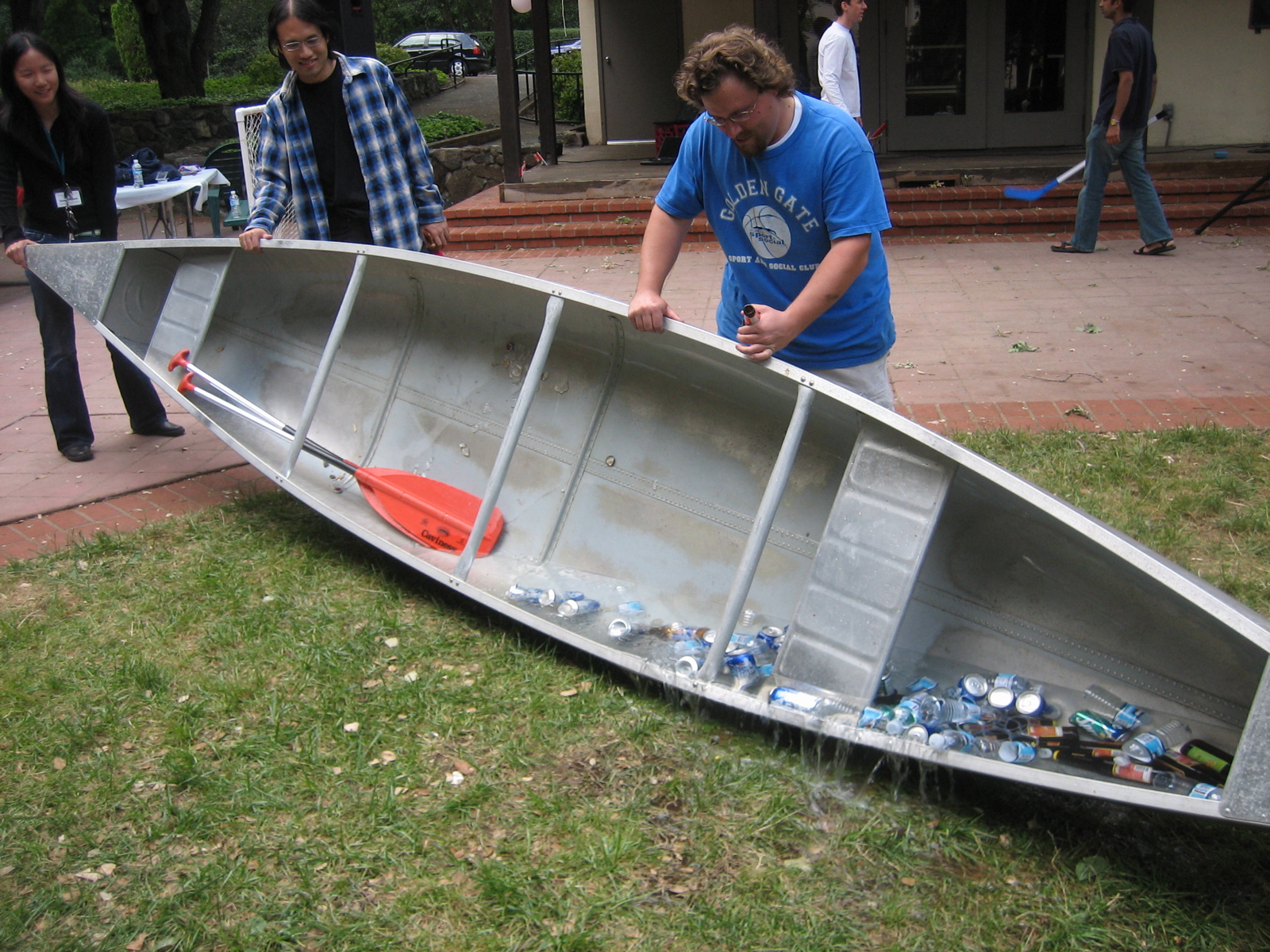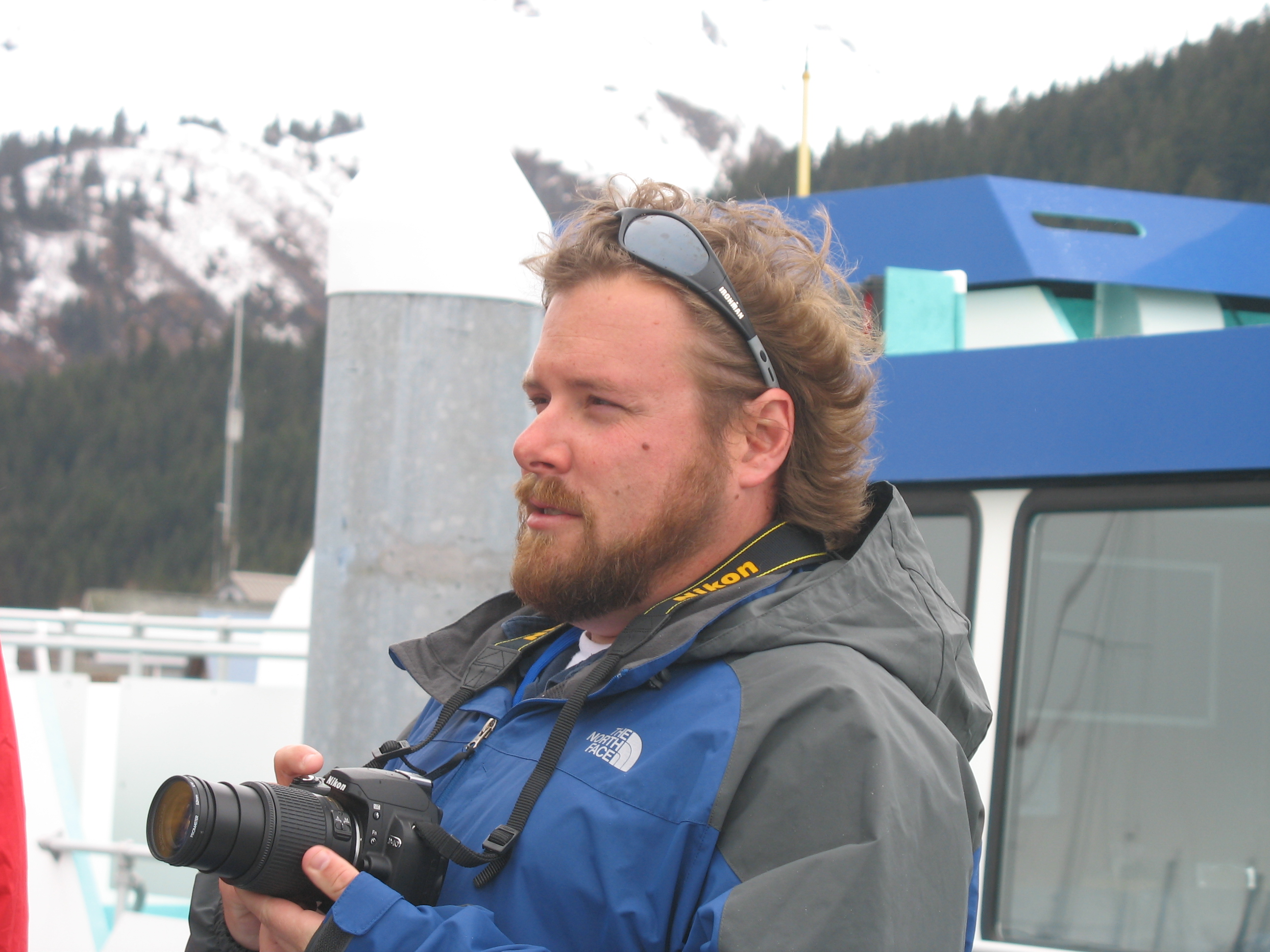Exploration SeismologyAn RWE World
2D Prestack Migration in Elliptic Coordinates
We extend Riemannian wavefield extrapolation (RWE) to prestack migration using 2D elliptic coordinate systems. The corresponding 2D elliptic extrapolation wavenumber introduces only an isotropic slowness model stretch to the single-square-root operator. This enables the use of existing Cartesian finite-difference extrapolators for propagating wavefields on elliptic meshes. A post-stack migration example illustrates the advantages of elliptic coordinates for imaging turning waves. A 2D imaging test using a velocity benchmark data set demonstrates that the RWE prestack migration algorithm generates high-quality prestack migration images that are more accurate than those generated by Cartesian operators of the equivalent accuracy. We note that even in situations where RWE geometries are employed, a high-order implementation of the one-way extrapolator operator is required for accurate propagation and imaging. We discuss potential extensions of the analytical approach to 3D RWE coordinate systems..... Read more
Waveform Inversion by one-way wavefield extrapolation
Forward modeling in frequency-domain waveform inversion is often implemented using finite difference (FD) methods. However, the cost of FD modeling remains too expensive for typical 3D seismic data volumes. One-way wavefield extrapolation is an alternative forward-modeling strategy considerably cheaper to implement. This approach, though, comes with caveats that typically include lower accuracy at steep propagation angles in laterally varying media, a difficulty for incorporating source radiation patterns, and an inability to propagate turning or multiply reflected waves. Each of these factors can play a role in determining the success or failure of a waveform inversion analysis. This study examines the potential for using one-way Riemannian wavefield extrapolation (RWE) operators in the forward modeling component of frequency-domain waveform inversion. RWE modeling is carried out on computational meshes designed to conform to the general direction of turning-wave propagation, which enables the calculation of the direct arrivals, wide-angle reflections and refractions important for a successful waveform inversion. The waveform inversion procedure otherwise closely resembles conventional frequency-domain approaches. Forward modeling test results indicate that RWE waveforms match fairly well with those generated by FD modeling at wider offsets. Preliminary tests of a RWE waveform inversion scheme demonstrate its ability to invert FD-generated synthetic data for moderate (10 percent) 1D velocity perturbations.... Read more
Non-orthogonal wavefield extrapolation
Riemannian wavefield extrapolation (RWE) is a method for performing one-way wave propagation on generalized coordinate meshes. Previous implementations assumed that coordinate systems are either orthogonal or semi-orthogonal, which can lead to situations where meshes suffer from problematic bunching, singularities, or multi-valuedness. This paper develops a procedure for avoiding these problems that is based on wavefield extrapolation on smoother, but generally non-orthogonal, coordinate system meshes. An extended split-step Fourier approximation of the extrapolation operator is developed that provides accurate results when multiple reference parameter sets are used. Two analytic coordinate system examples are presented to help validate the theory. ... Read more
Structured Mesh Generation using Differential Methods
This paper examines a differential gridding method for generating coordinate systems appropriate for solving partial differential equations commonly found in geophysics. Differential methods pose mesh generation as an elliptical boundary value problem using a framework of differential geometry. Generalized Laplacian operators are then used to propagate the known coordinate values on the boundary points in a smooth manner into the interior. The methodology also allows for specification of monitor functions that provide mesh regularization and prevent grid clustering. Examples are provided for two examples drawn from seismic imaging: wave-equation migration from topography and wave-equation Green's function generation. In both cases, the resulting regularized meshes are smooth and conformal to the the prescribed boundaries. ... Read more
Oil and GeopoliticsA GP200A Spin
OIL AND WAR: A website
In the spring quarter of 2005-2006, the Stanford University Geophysics department held the GP200A course that examined the role(s) in and interdependencies of oil and geopolitics, political economy, environment, and emerging economy development. This webpage contains some of the best articles produced by enrolled students, as well as presentation from various world experts included Nobel Laureates... Read more
Have fun in Graduate School!A Shragge Spin
Long-distance Bicycling
Cartographers without Borders
How to Cook a Deer
6th Annual Maddux Carol Sing
Stop the Leprecide!
ELECTION! The Drinking Game
6th Annual 99 Bottles Challenge
Interning at SCR (UK)
Bike trip in Scotland
Stanford Canadian Club Victoria Day BBQ
Stanford Mounties in the 2006 San Francisco Iditarod
European Bicycle Trip - September 2005
William Tell, Cottage Cheese and Grapes:
Have you ever wondered what would happen if you tried to eat cottage cheese as fast you could? How about doing it to music? How about in a contest with your housemate? Well you don't have to any longer!!!


